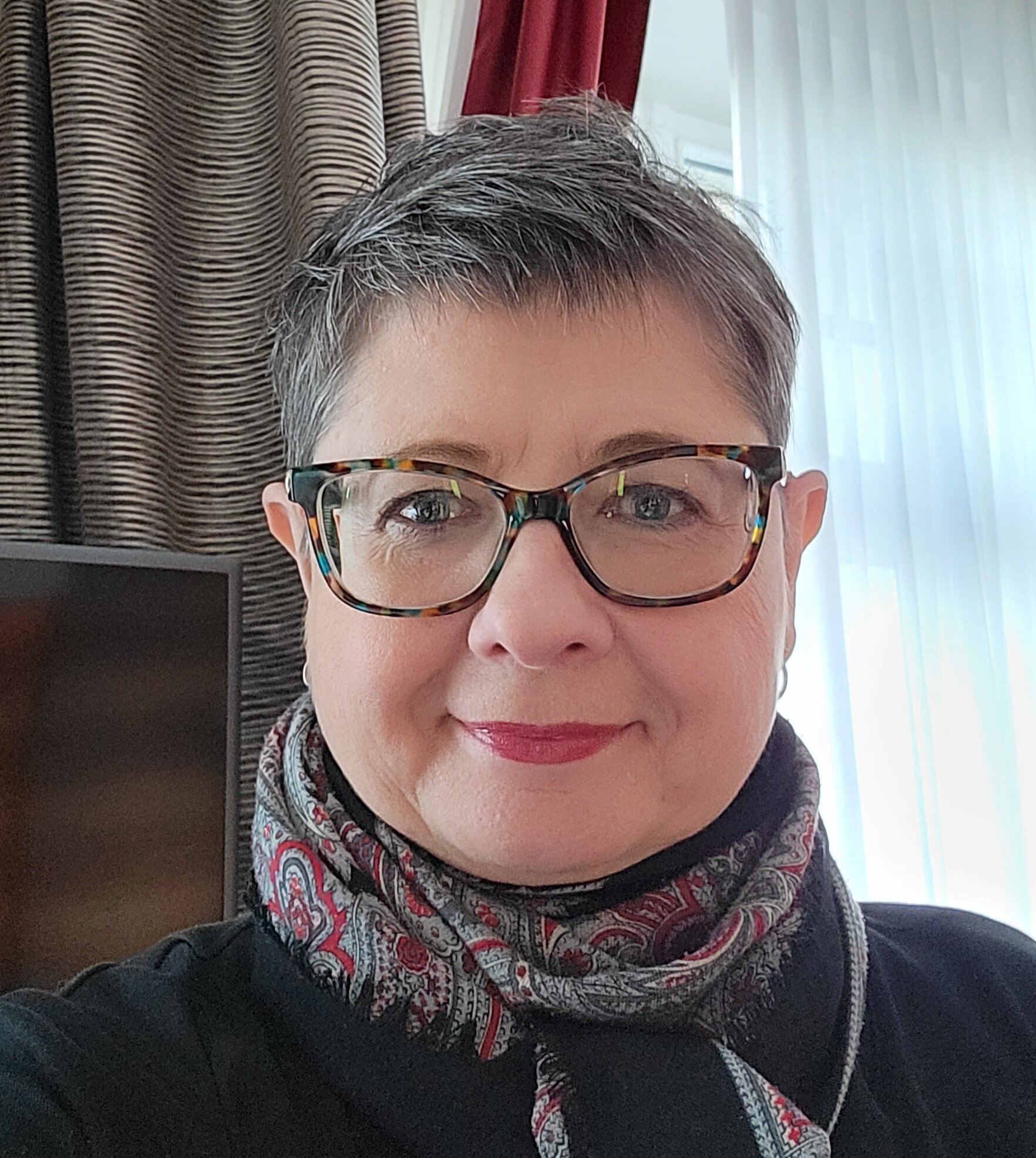Seasonal Affective Disorder: More than the Winter Blues
Counseling Toolkit for December 2019
Whether we realize it or not, the first week of November has a profound impact on us all. I’m not talking about Halloween Hangover Day (Nov. 1), Deviled Egg Day (Nov. 2), Cliche Day (Nov. 3) or even Check Your Blood Pressure Day (Nov. 4). I am referring to the End of Daylight Savings Time, the day it gets dark early.
We all grouse and grumble, we complain about the cold and find ourselves hunkering down inside our apartments with blankets and comfort food, ready to tough it out until spring. However, for a large number of adults, especially women, these days can spiral down into a serious mood disorder called Seasonal Affective Disorder (SAD). SAD has been linked to a biochemical imbalance in the brain triggered by the shorter hours of daylight and reduced levels of sunlight in the winter months. As more people self-diagnose their depressive symptoms with SAD, it is important to understand the difference between this disorder and other forms of depression, along with how it is different than just having the winter blues. This month’s tool will clarify those differences and suggest some practical ways to treat SAD.
Susannah Atkins, LCSW
Counselor


